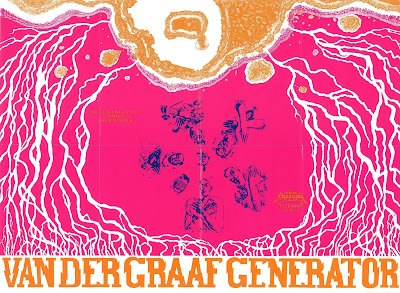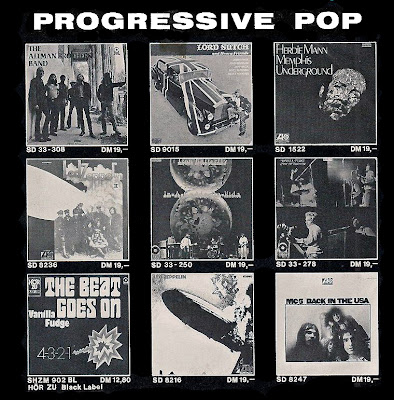.jpg) |
| Will be released tomorrow. Limited Edition 2CD Mini LP + Mini LP CD Single |
 |
| Great Artwork for this Mini LP CD with CD Single (open picture in a new window for 100% size) |
You can buy from here: http://www.airmailrecordings.com/
//ChrisGoesRock
PS, Anyone who has ordered the album? (just curious)
PS, Anyone who has ordered the album? (just curious)




























